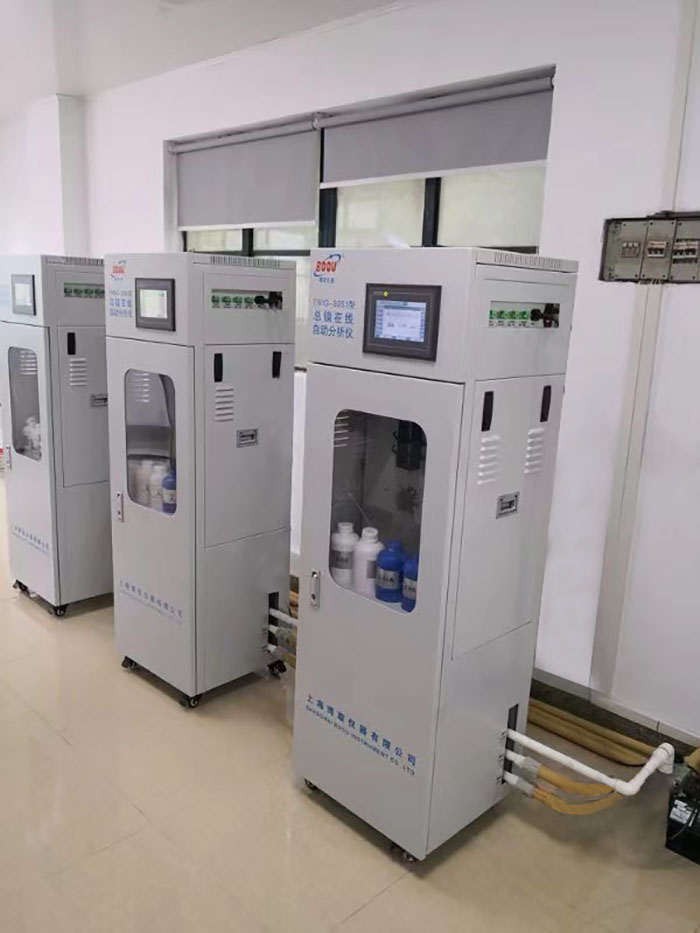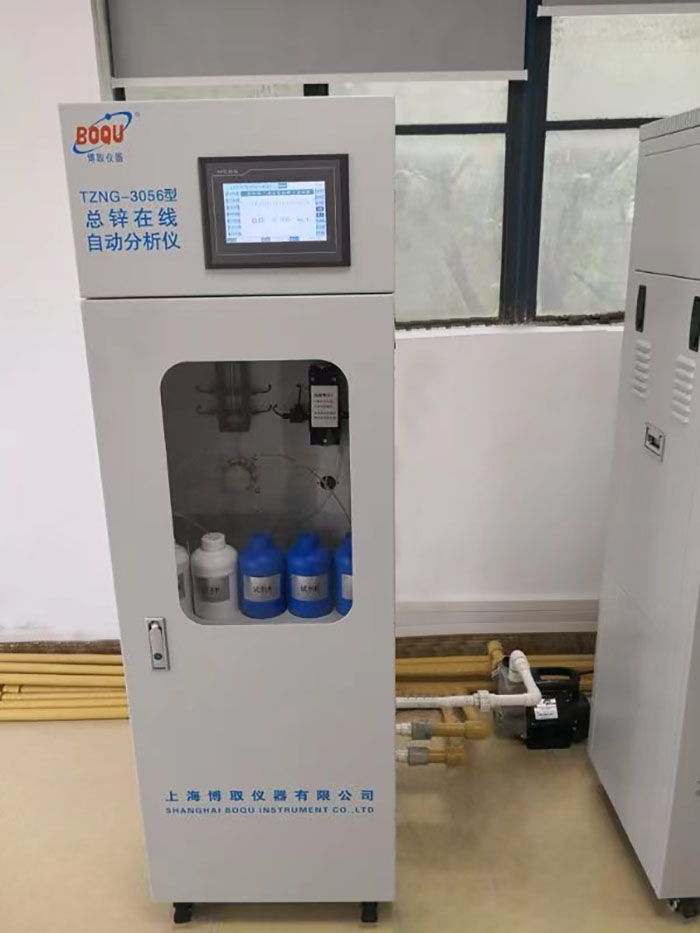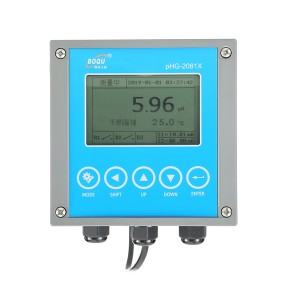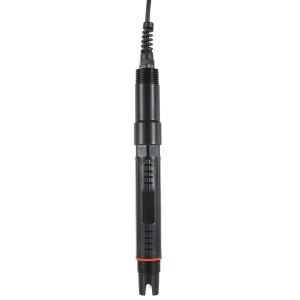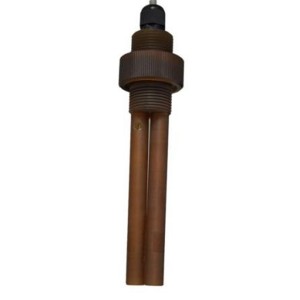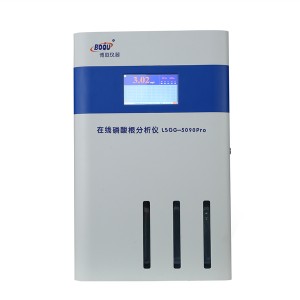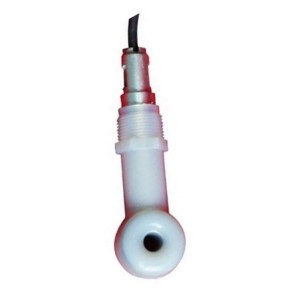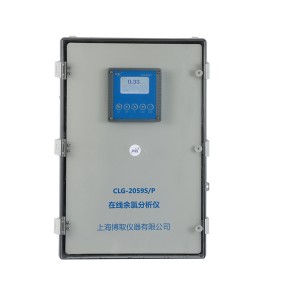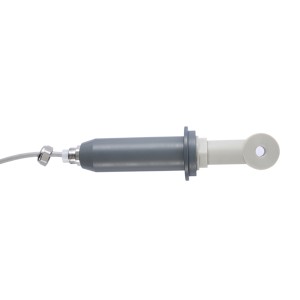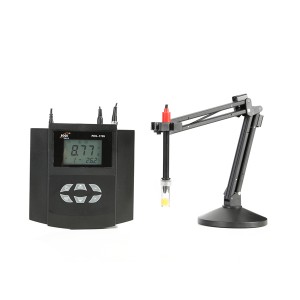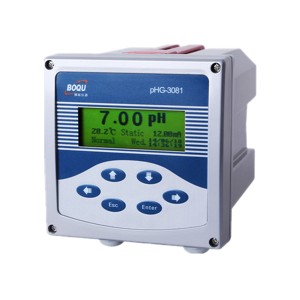Spring Manufacturing Company, established in 1937, is a comprehensive designer and manufacturer specializing in wire processing and spring production. Through continuous innovation and strategic growth, the company has evolved into a globally recognized supplier in the spring industry. Its headquarters is located in Shanghai, covering an area of 85,000 square meters, with a registered capital of 330 million RMB and a workforce of 640 employees. To meet expanding operational demands, the company has established production bases in Chongqing, Tianjin, and Wuhu (Anhui Province).
In the surface treatment process of springs, phosphating is employed to form a protective coating that prevents corrosion. This involves immersing springs in a phosphating solution containing metal ions such as zinc, manganese, and nickel. Through chemical reactions, an insoluble phosphate salt film is formed on the spring surface.
This process generates two primary types of wastewater
1. Phosphating Waste Bath Solution: The phosphating bath requires periodic replacement, resulting in high-concentration waste liquid. Key pollutants include zinc, manganese, nickel, and phosphate.
2. Phosphating Rinse Water: Following phosphating, multiple rinsing stages are conducted. Although the pollutant concentration is lower than that of the spent bath, the volume is substantial. This rinse water contains residual zinc, manganese, nickel, and total phosphorus, constituting the main source of phosphating wastewater in spring manufacturing facilities.
Detailed Overview of Key Pollutants:
1. Iron – Primary Metallic Pollutant
Source: Primarily originates from the acid pickling process, where spring steel is treated with hydrochloric or sulfuric acid to remove iron oxide scale (rust). This results in significant dissolution of iron ions into the wastewater.
Rationale for Monitoring and Control:
- Visual Impact: Upon discharge, ferrous ions oxidize to ferric ions, forming reddish-brown ferric hydroxide precipitates that cause turbidity and discoloration of water bodies.
- Ecological Effects: Accumulated ferric hydroxide can settle on riverbeds, smothering benthic organisms and disrupting aquatic ecosystems.
- Infrastructure Issues: Iron deposits may lead to pipe clogging and reduced system efficiency.
- Treatment Necessity: Despite its relatively low toxicity, iron typically exists at high concentrations and can be effectively removed through pH adjustment and precipitation. Pretreatment is essential to prevent interference with downstream processes.
2. Zinc and Manganese – The "Phosphating Pair"
Sources: These elements primarily originate from the phosphating process, which is critical for enhancing rust resistance and coating adhesion. Most spring manufacturers use zinc- or manganese-based phosphating solutions. Subsequent water rinsing carries zinc and manganese ions into the wastewater stream.
Rationale for Monitoring and Control:
- Aquatic Toxicity: Both metals exhibit significant toxicity to fish and other aquatic organisms, even at low concentrations, affecting growth, reproduction, and survival.
- Zinc: Impairs fish gill function, compromising respiratory efficiency.
- Manganese: Chronic exposure leads to bioaccumulation and potential neurotoxic effects.
- Regulatory Compliance: National and international discharge standards impose strict limits on zinc and manganese concentrations. Effective removal typically requires chemical precipitation using alkaline reagents to form insoluble hydroxides.
3. Nickel – A High-Risk Heavy Metal Requiring Strict Regulation
Sources:
- Inherent in raw materials: Certain alloy steels, including stainless steel, contain nickel, which dissolves into the acid during pickling.
- Surface treatment processes: Some specialized electroplating or chemical coatings incorporate nickel compounds.
Rationale for Monitoring and Control (Critical Importance):
- Health and Environmental Hazards: Nickel and certain nickel compounds are classified as potential carcinogens. They also pose risks due to their toxicity, allergenic properties, and capacity for bioaccumulation, presenting long-term threats to both human health and ecosystems.
- Stringent Discharge Limits: Regulations such as the "Integrated Wastewater Discharge Standard" set among the lowest permissible concentrations for nickel (typically ≤0.5–1.0 mg/L), reflecting its high hazard level.
- Treatment Challenges: Conventional alkali precipitation may not achieve compliance levels; advanced methods such as chelating agents or sulfide precipitation are often required for effective nickel removal.
Direct discharge of untreated wastewater would result in severe and persistent environmental contamination of water bodies and soil. Therefore, all effluents must undergo proper treatment and rigorous testing to ensure compliance before release. Real-time monitoring at the discharge outlet serves as a critical measure for enterprises to fulfill environmental responsibilities, guarantee regulatory compliance, and mitigate ecological and legal risks.
Monitoring Instruments Deployed
- TMnG-3061 Total Manganese Online Automatic Analyzer
- TNiG-3051 Total Nickel Online Water Quality Analyzer
- TFeG-3060 Total Iron Online Automatic Analyzer
- TZnG-3056 Total Zinc Online Automatic Analyzer
The company has installed Boqu Instruments’ online analyzers for total manganese, nickel, iron, and zinc at the plant’s effluent outlet, along with an automated water sampling and distribution system at the influent point. This integrated monitoring system ensures that heavy metal discharges comply with regulatory standards while enabling comprehensive oversight of the wastewater treatment process. It enhances treatment stability, optimizes resource utilization, reduces operational costs, and supports the company’s commitment to sustainable development.
Post time: Oct-20-2025


